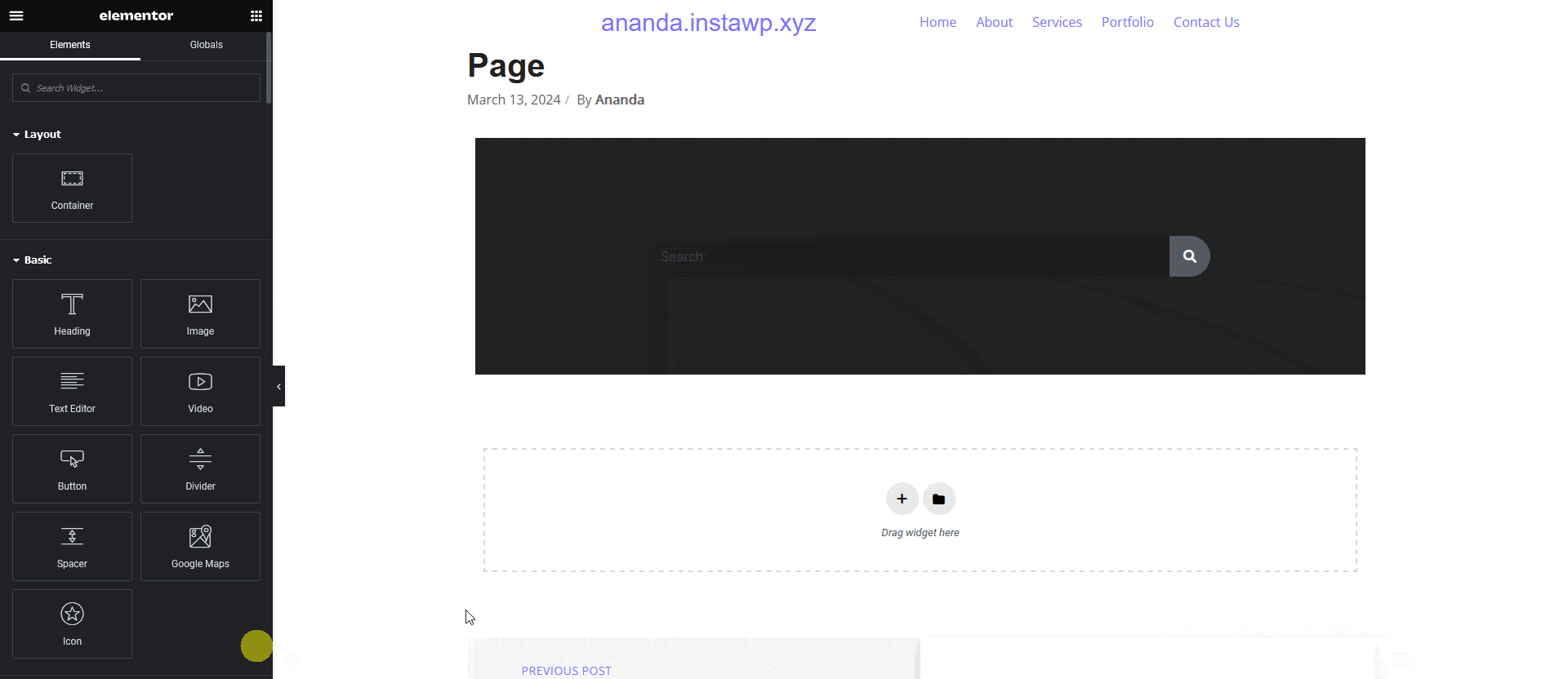Are you showing a search field in your Figma design? Then you can tag those elements as an Elementor Search Form widget using the UiChemy plugin.
So when you export the design as an Elementor template, that particular section will use the Search Form widget.
What Can be Tagged?
A frame or a frame containing a placeholder text can be tagged as a Search Form widget.
How to Tag?
Here, we’ll go with the Step by Step Method.
- First, select the Step by Step Method and click on the Start button.
- Select the top-level page or frame of your layout, then click on the Next button.
- Under the Widget Tagging Mode tab, select the Manual Widget Tagging Option.
- Next, under the Manage Auto Layout tab, you’ll see two options: It’s already in Auto Layout and Convert to Auto Layout. We’ll go with the first option.
- After that, under the Tag Widgets tab, choose the frame or container that contains your element (Widget). Then, search for the Search Form widget from Elementor Pro in the UiChemy panel and select it. Here, you’ll see all the supported Elementor widgets.
Note: You need to have a UiChemy Pro license to tag Elementor Pro widgets.
On the next screen, you’ll get the information of which element you are tagging as what widget.
Then you’ll see widget specific tagging options.
- In the Placeholder dropdown, you can select the placeholder text.
- Once done, click the Save button to complete the tagging, and you’ll see a Tagged successfully message.
Now if you export the design, that element will use the Elementor Search Form widget with your selected placeholder text and search field design.

Note: Since this is a pro widget make sure the Elementor pro plugin is installed and activated. You might have to make some minor adjustments in the widget settings to match the design, especially those elements that are not tagged.